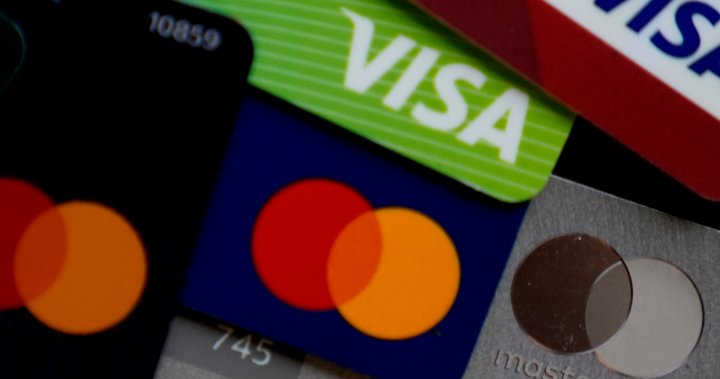Younger Canadians may be feeling a bigger burden from higher interest rates than older cohorts, with a new report from TransUnion showing millennials are holding the largest share of debt in the country and gen Z are seeing one of the biggest jumps in outstanding balances.
The credit bureau’s report published Tuesday took a look at the Canadian consumer credit market and found that total debt rose to $2.38 trillion in the first quarter of 2024, up from $2.32 trillion in the same period as last year, with continued higher cost of living and interest rate pressures being the big drivers.
The increase was led by newcomers and Gen Z — those born between 1995 and 2004 — who saw a 30-per-cent annual surge in outstanding balances in the quarter. This was mostly driven by cards or personal loan products, which increased by 18 per cent and 11 per cent respectively in the first quarter of 2024.
“Cost of living just got a lot higher and with limited disposable income … maybe their (younger generations) incomes are small to begin with,” TransUnion Canada’s director of financial services research and consulting Matthew Fabian told Global News.
“Now they’re making trade-off choices: do I fill my gas tank or do I pay down more on my credit card? That gets exacerbated when the interest rate goes up because now all of a sudden, the cost of the debt they’re holding increases and so their minimum payment goes up. And so they have to allocate more to that debt.”

Part of it may come from a lack of financial literacy, including around revolving balances, Fabian notes. He stressed that even if someone of the younger generation gets a credit card with a balance of $500 and a minimum payment of $30, the balance could build into a sizable debt if they don’t pay off more than that minimum number due to interest costs.
There are things young Canadians can do when figuring out how to avoid or manage debt.
Financial news and insights
delivered to your email every Saturday.
Rubina Ahmed-Haq, personal finance expert and host of For What It’s Worth on the Corus Entertainment radio network, told Global News the first step is to analyze every time you apply for any kind of credit whether you can afford the debt in the long term.
“It’s not just in isolation, it’s in addition to all the other expenses you have to pay,” she said. “That doesn’t necessarily mean other debt, it can mean rising grocery costs, increased costs for your children, maybe you’ve got an aging parent that might be moving in.”

It’s not just Gen Z facing struggles, though. Millennials now hold 27 per cent of credit accounts with the largest share of debt — $911 billion, or about 38 per cent of all debt, with Fabian telling Global that mortgages make up about $700 billion of that number.
TransUnion points to higher credit needs as this group grows older as a contributing factor, like mortgages, children or even supporting aging parents.
However, Ahmed-Haq notes while millennials are facing debt as they try to build their lives and have costs like mortgages and even child-care expenses, Gen Z are a different category and suggests guiding this group while still allowing them to make mistakes.
“They’re getting used to how credit cards work, how to pay them back,” she said. “In some cases, I do feel like we should let young people figure some things out on their own … so that in the future they are much more cognizant when they’re paying their balance off in full.”
Fabian added TransUnion has seen Gen Z also using credit cards less and taking out more in terms of personal loans in part due to the uncertainty of credit card interest.
“In many cases, especially when it comes to a purchase, they would rather take out a personal loan, whether it be like a buy now, pay later type thing or a point-of-sale type loan and just know that, whatever they’re doing, they can get that and there’s a fixed payment every month,” he said.
Yet Fabian notes there may be hope on the horizon as many economists expect interest rates to come down in the coming months. He told Global News with inflation cooling, rate cuts could help.

–with files from The Canadian Press
© 2024 Global News, a division of Corus Entertainment Inc.





